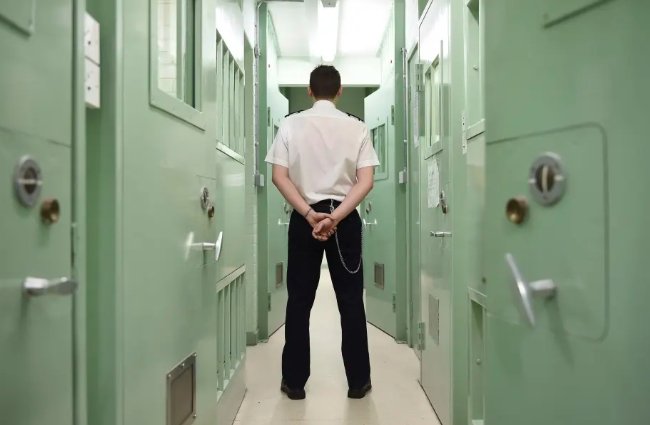In a stark attempt to manage surging inmate numbers, Scotland has released more than 150 violent offenders early from custody this year—raising sharp questions about public safety and justice priorities.
The Scottish Prison Service (SPS) confirmed that 312 prisoners were let out between February and March, under an expanded emergency early release programme designed to ease chronic overcrowding in the country’s prison estate.
And nearly half of those released were convicted of non-sexual crimes of violence.
Early Release Policy Quietly Expanded
The early release powers were introduced last year but extended further in February 2025, allowing inmates with sentences of under four years to walk free after serving just 40% of their sentence—down from 50%.
This year’s release plan happened in three waves between 18 February and 20 March. According to SPS data, 140 prisoners were released in the final phase alone.
Excluded from the scheme are those convicted of domestic abuse or sexual offences. But critics say the inclusion of violent offenders—even non-sexual ones—still poses serious risks.

The Numbers Behind the Decision
Here’s a breakdown of the 312 individuals released:
| Offence Type | Number Released |
|---|---|
| Non-sexual crimes of violence | 152 |
| Crimes against society (e.g., weapons, public order) | 69 |
| Crimes of dishonesty (e.g., theft, fraud) | 52 |
| Other offences | 39 |
According to the SPS, 92% of those released were men, and most were serving sentences between one and two years.
The move was intended to free up space in overcrowded prisons, where the population has been rising steadily since 2023. The original estimate had suggested that up to 390 prisoners could be eligible for early release under the updated rules, but in practice only 312 met the criteria.
“Temporary Relief,” But Growing Pressure
Officials say the measure has “provided some respite.” But they admit it’s not enough.
In a short statement, the SPS noted:
“While this action has delivered temporary relief to the prison population, projections indicate further reductions will be required to manage capacity and ensure safe, secure operations.”
Scotland’s prison population stood at over 7,900 earlier this year—close to capacity and up more than 500 inmates from mid-2024. Overcrowding has fuelled a range of problems: higher staff burnout, limited rehabilitation access, and growing concern about inmate wellbeing.
Public Safety vs System Stability
The decision to release violent offenders has ignited fresh debate over the balance between public safety and systemic stability.
Legal sources have pointed out that “non-sexual violent crime” covers a wide spectrum—ranging from assault to more serious convictions. But the fact that such offenders are eligible for early release has already raised concern among victims’ advocates and opposition politicians.
An anonymous parole officer told BBC Disclosure:
“We’re releasing some prisoners not because they’re rehabilitated—but because we’ve run out of beds.”
Justice Secretary Angela Constance has yet to comment directly on this specific tranche of releases, though she previously described the policy as “a difficult but necessary measure” during a parliamentary session earlier this year.
Recidivism Data Pending
One of the most closely watched data points is still missing: how many of these early-released prisoners have reoffended or been recalled to custody.
SPS says that recall and reoffending data for the February–March release cohort will be published “later this year.” That dataset will be crucial to judging whether the policy, aimed at short-term relief, could come at a longer-term cost to public confidence.
The early release strategy—deemed an emergency fix—is now under close scrutiny as the pressure mounts on ministers to either build capacity, accelerate alternatives to custody, or overhaul sentencing policies.
Until then, critics say, the system remains dangerously close to the edge.


















